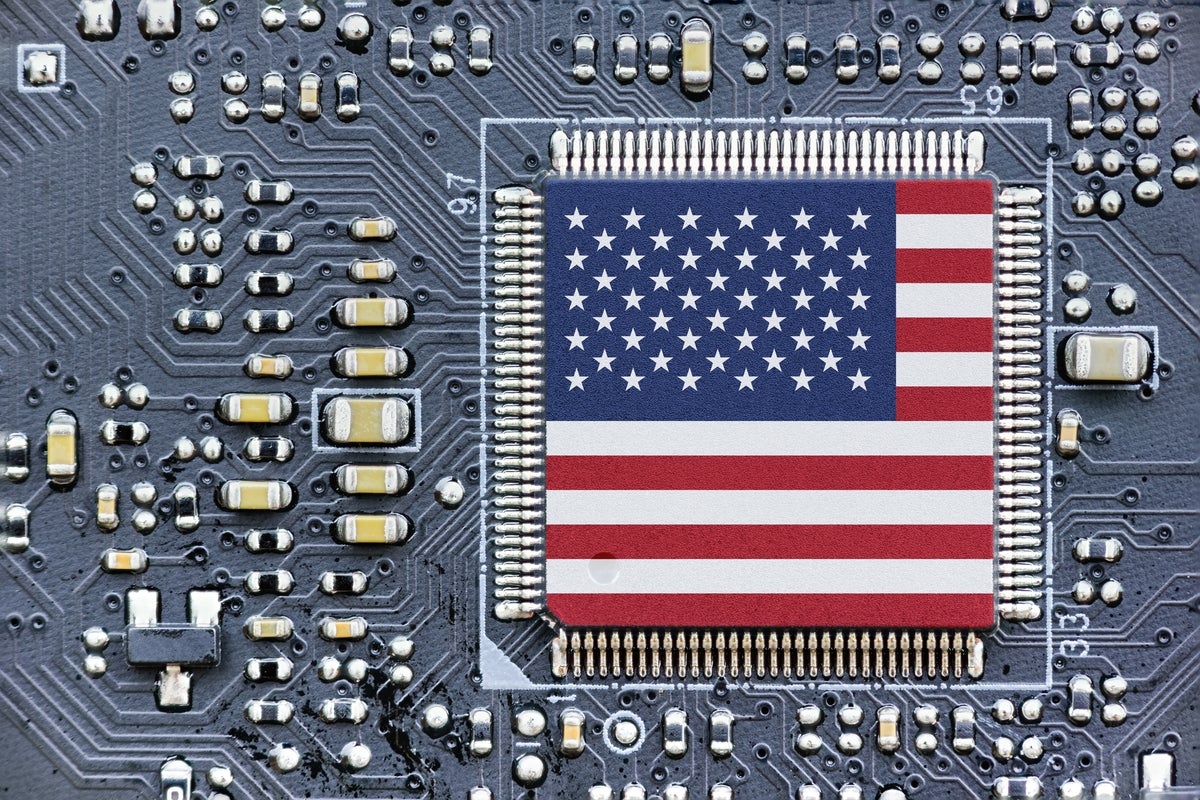Over the past 30 years, the US share of global semiconductor production has fallen from 37% to just 12%, according to White House figures.
Meanwhile, China’s share of chip manufacturing has grown nearly 50% over the past two years and now makes up about 18% of the world’s supply.
In 2021, the decline in domestic chip production was exposed by a worldwide supply-chain crisis that led to calls for reshoring manufacturing to the US. After more than a year of work from the Biden-Harris Administration to respond to acute semiconductor shortages, Congress in August 2022 passed the CHIPS and Science Act (CHIPS Act). The legislation provided the US Department of Commerce (DoC) with $52.7 billion for a suite of programs under the CHIPS for America program to “revitalize” the US position in semiconductor research, development, and manufacturing.
To read this article in full, please click here
Over the past 30 years, the US share of global semiconductor production has fallen from 37% to just 12%, according to White House figures.Meanwhile, China’s share of chip manufacturing has grown nearly 50% over the past two years and now makes up about 18% of the world’s supply.In 2021, the decline in domestic chip production was exposed by a worldwide supply-chain crisis that led to calls for reshoring manufacturing to the US. After more than a year of work from the Biden-Harris Administration to respond to acute semiconductor shortages, Congress in August 2022 passed the CHIPS and Science Act (CHIPS Act). The legislation provided the US Department of Commerce (DoC) with $52.7 billion for a suite of programs under the CHIPS for America program to “revitalize” the US position in semiconductor research, development, and manufacturing.To read this article in full, please click here Read More Computerworld
















+ There are no comments
Add yours